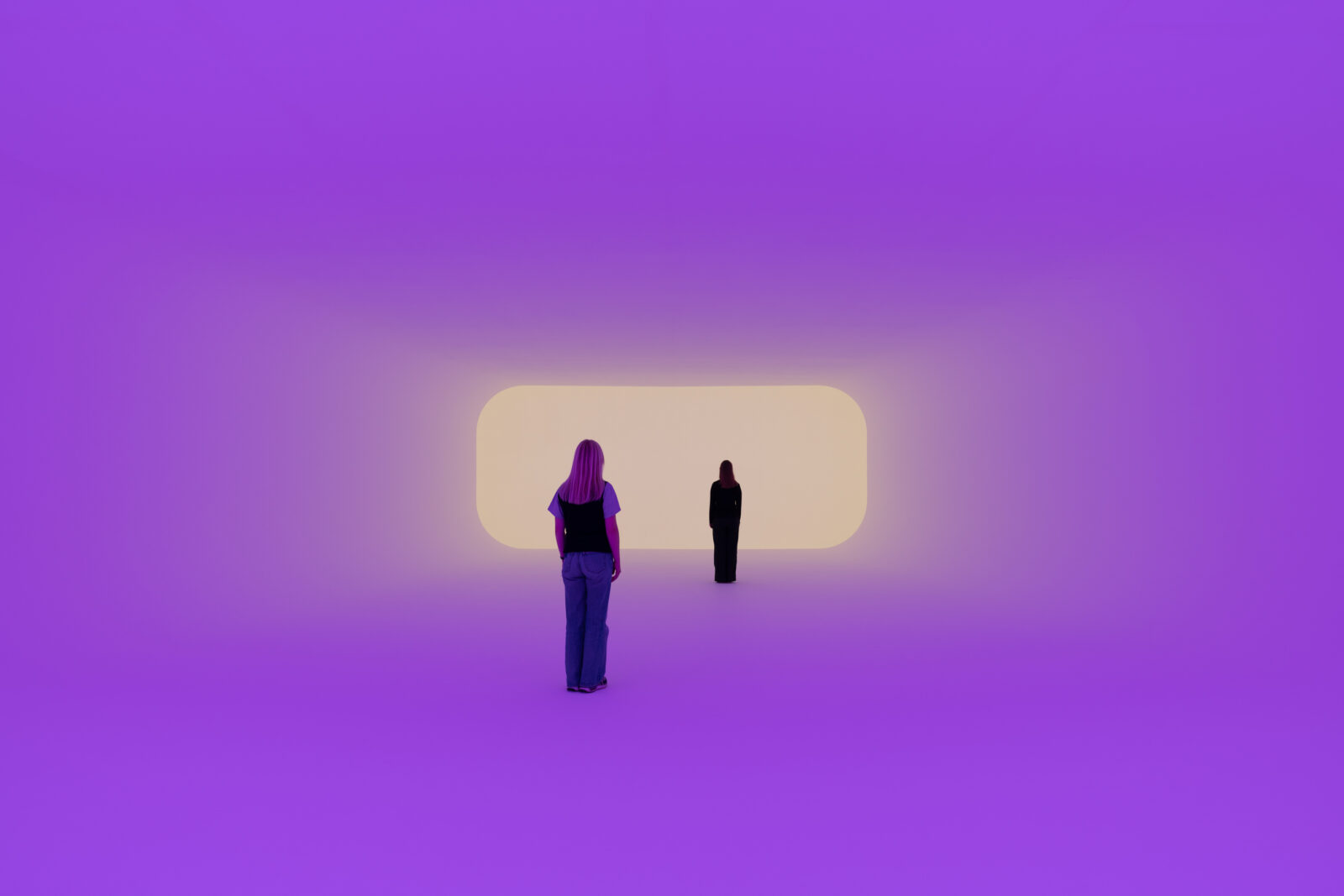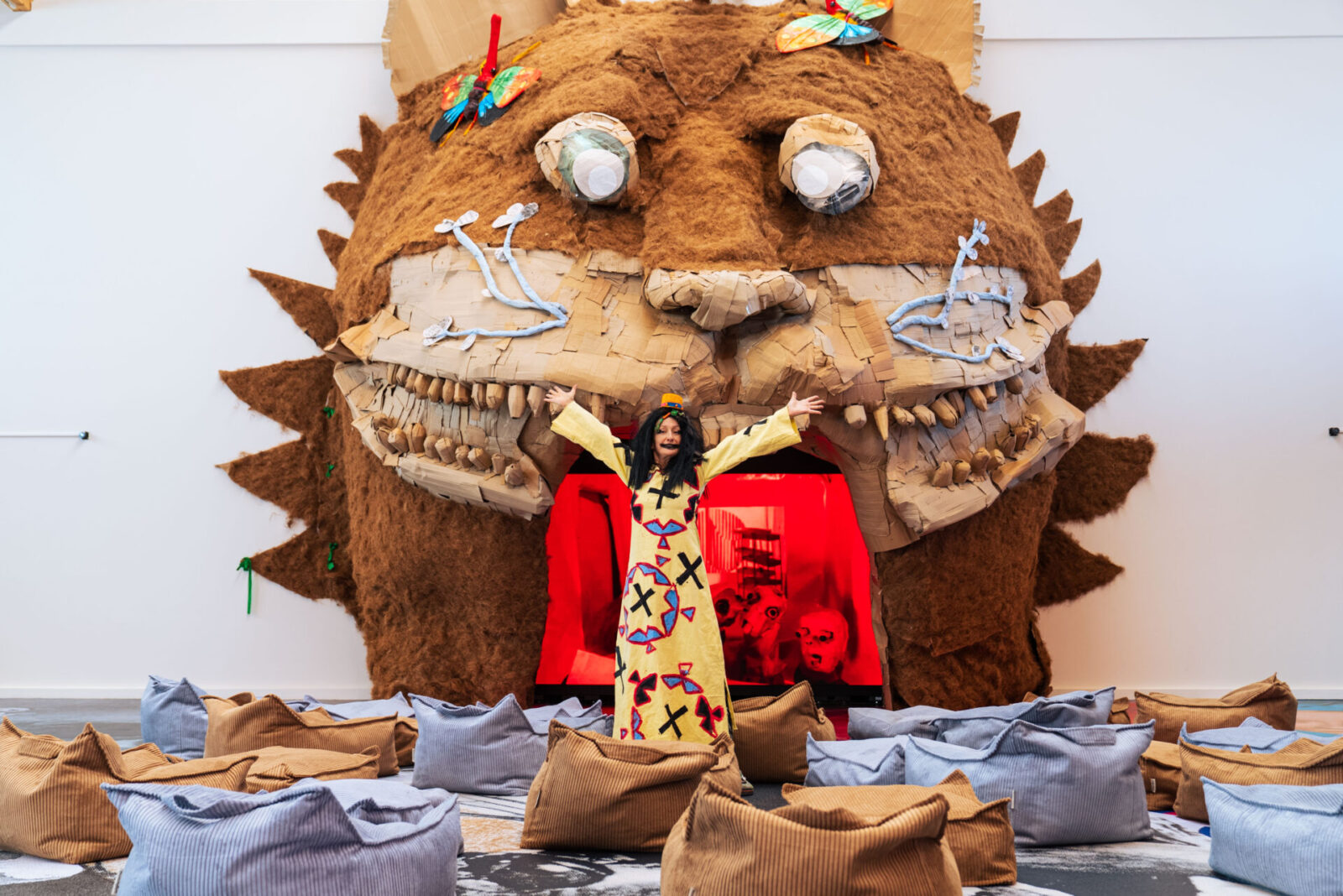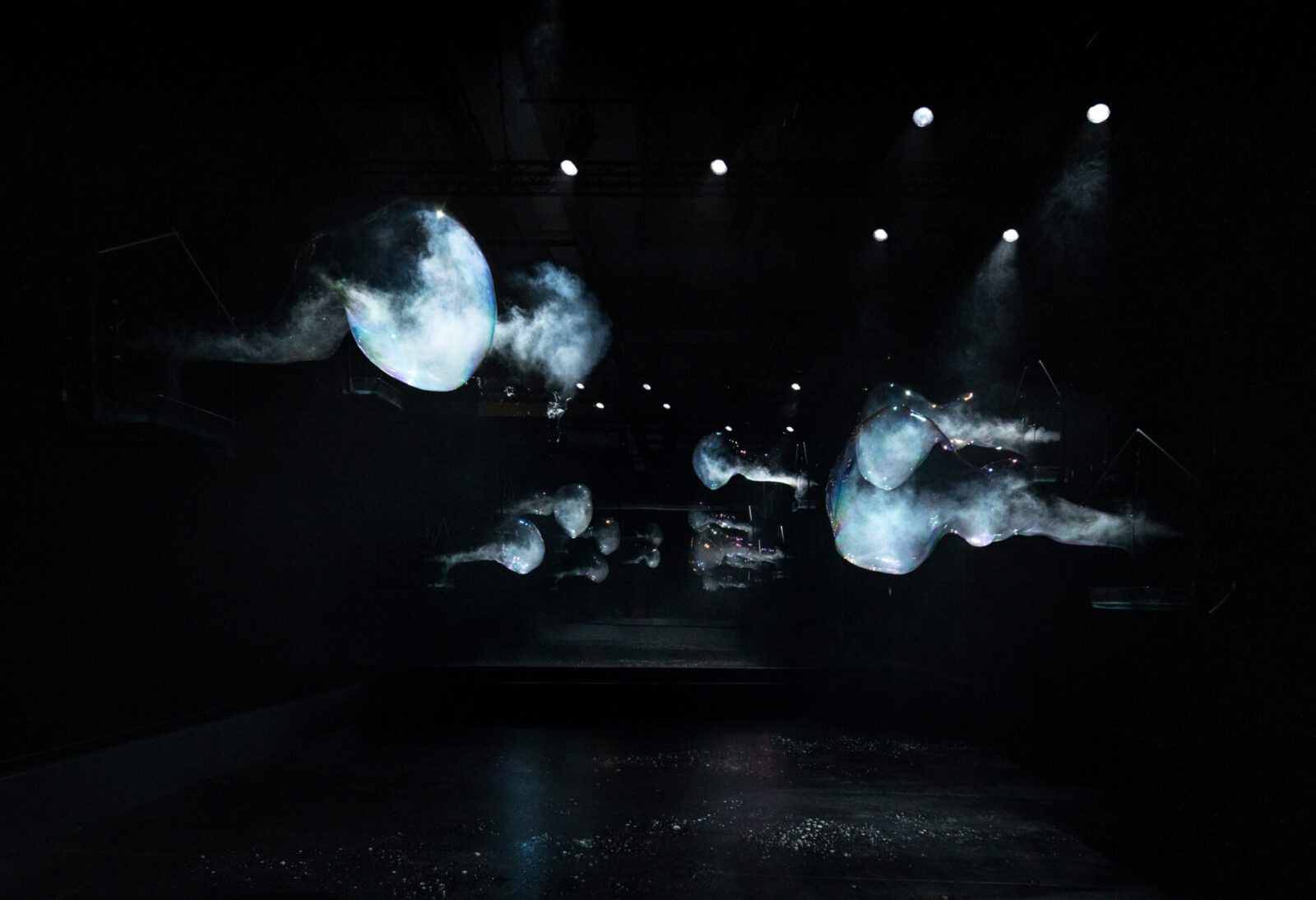
Wish Tree Garden
25.06.21 – 24.10.21
Yoko Ono
What is your greatest wish? Share your dreams and participate in the artist Yoko Ono’s installation Wish Tree Garden. Since 1996, Yoko Ono has been creating the artwork Wish Tree, which consists of one or more trees installed all around the world. The work is site-specific; that is, each tree species is chosen for its importance to the location, and when possible, is indigenous to the place and its climate, in collaboration with Ono. On a slip of paper, a so-called ‘wish tag’, anyone can write a wish and hang it on the branches of the trees.
The installation was originally created specifically for Copenhagen Contemporary, which was then located on Papirøen, and was a part of the harbor area until December 2017. Since then, Wish Tree Garden has moved to Copenhagen Contemporary’s permanent location on Refshaleøen just a ten-minute bike ride away.
In Copenhagen Contemporary’s Wish Tree Garden, trees from the Danish and Asian landscape grow. Lilac, Reed Gråsten apple, Cornelian cherry dogwood, magnolia and tibetan cherry trees all create the impression of a garden you could walk in and see blossom, change colour and loose the leaves in the course of the changing seasons. The slips of paper on the branches of the trees flutter in the wind, and all the individual wishes give the garden a poetic dimension.
All the wishes are regularly collected and when the exhibition ends they will be sent to Yoko Ono. Eventually, wishes from all over the world will be gathered together in Ono’s Imagine Peace Tower on the island of Viðey in Kollafjörður Bay, Iceland: an art installation that consists of a tall column of light dedicated to Ono’s late husband, John Lennon. The wishes from CC joined millions of others that have already been collected since 1996 from other places in the world, and are now placed at the Peace Tower.
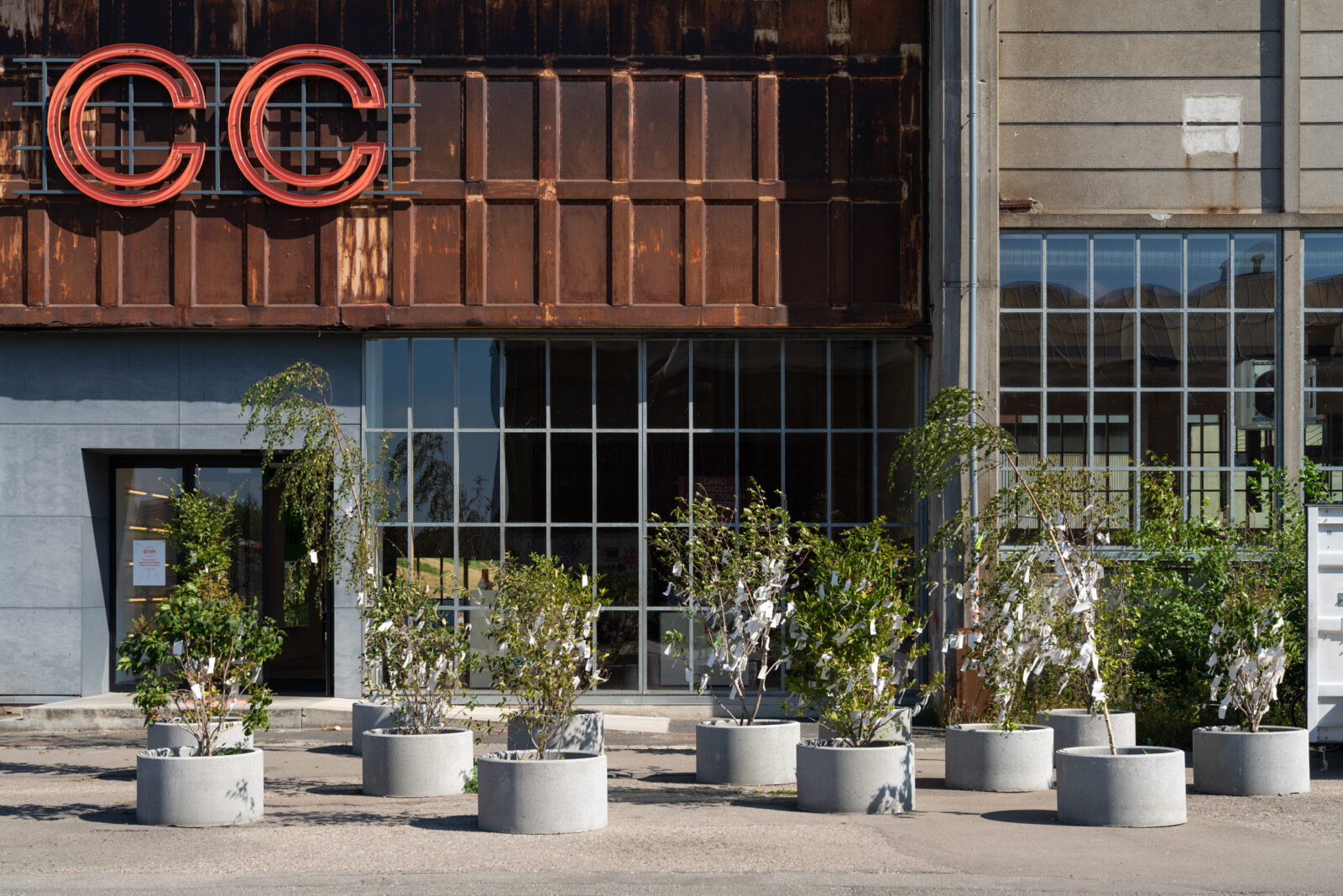
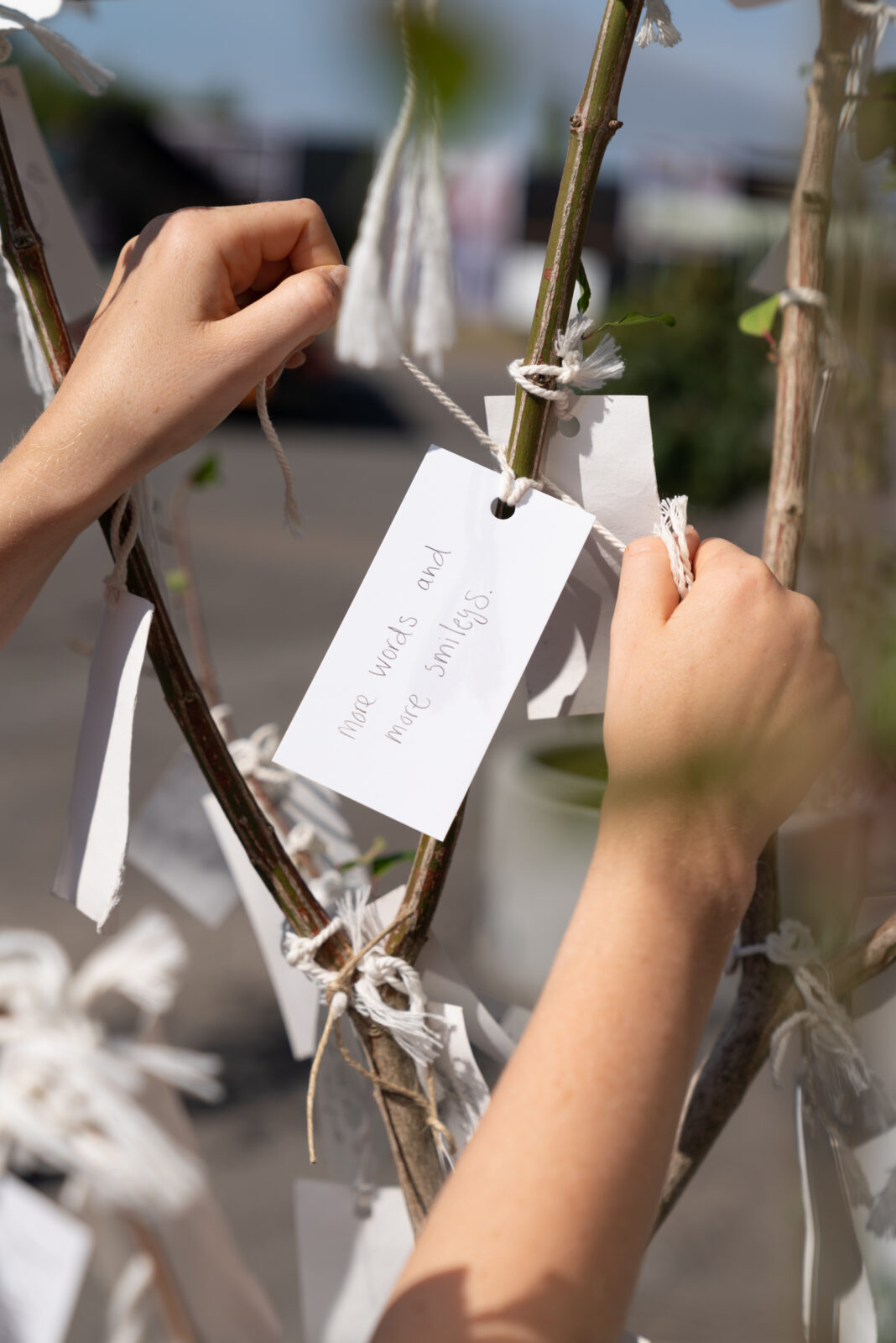
Yoko Ono (f.1933 i Tokyo) moved to New York in 1953, where she lives and work today. She has studied Music and Poetry at Sarah Lawrence College. In the 1960s she was a part of the art group, Fluxus, where she was especially known for her performance and conceptual artwork.
What's on
The next 7 days at Copenhagen Contemporary
